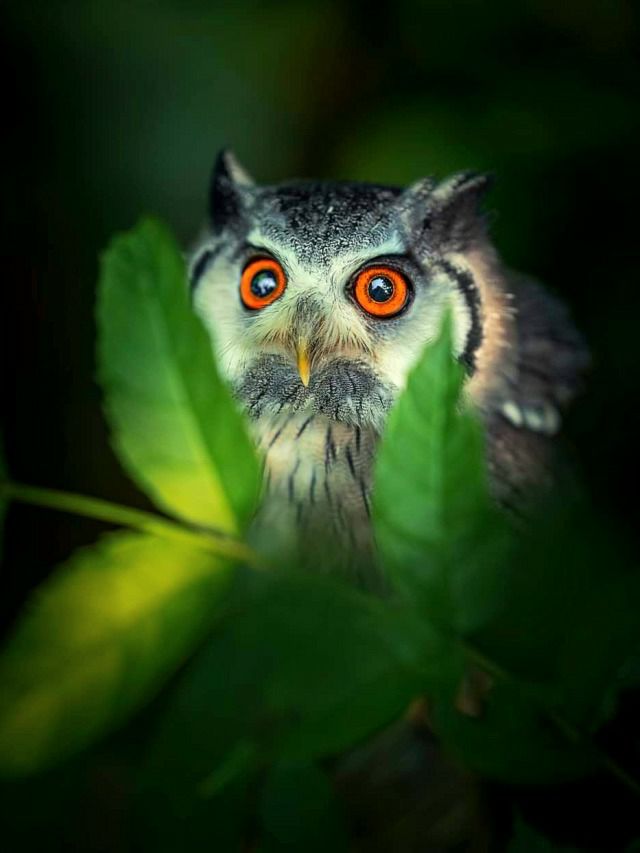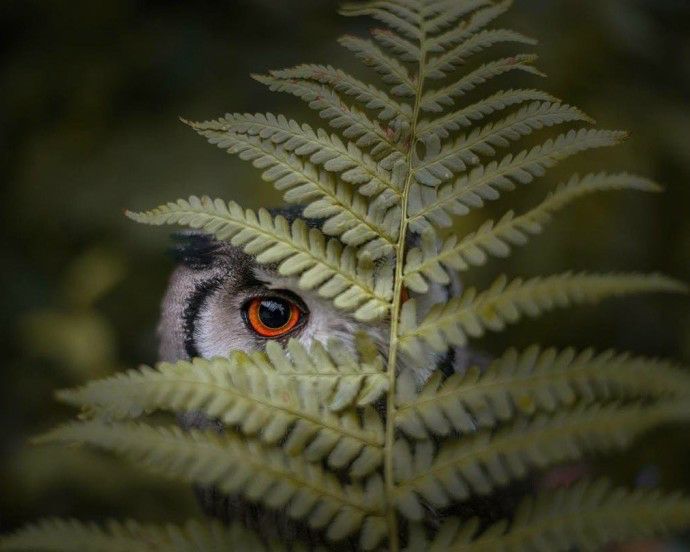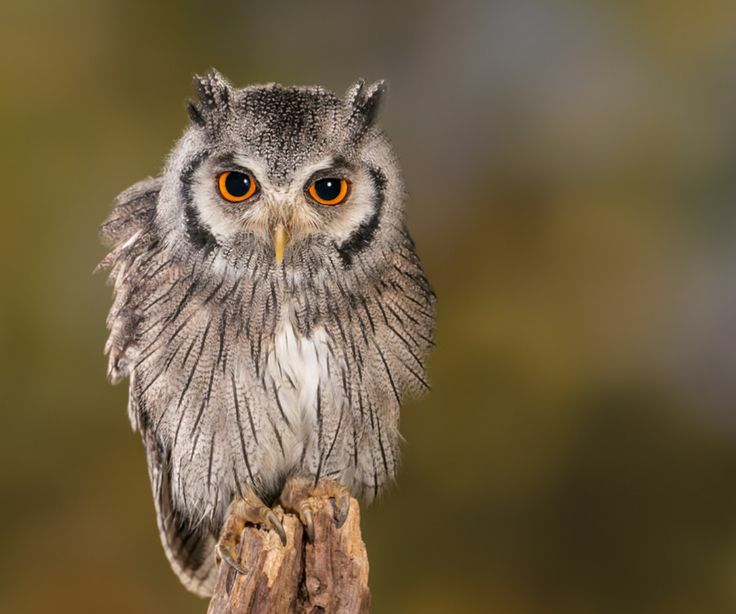Mysteries of the Scops Owl: Unveiling the Secrets of Nature’s Enigmatic Night Hunter
Scops owls, members of the genus Otus, are fascinating nocturnal birds with approximately 60 recognized species around the globe. These owls are notable for their small size and remarkable agility, typically ranging from six to twelve inches in height. Their most distinctive feature is their camouflaged feathers, which help them blend seamlessly with tree bark and foliage, making them incredibly difficult to spot.

The vocalizations of scops owls are as varied as their species. Most emit a series of high-pitched hoots, delivered at a rate of fewer than five per second, or a long, singular whistle. These calls can serve a range of purposes, including territory defense and communication between mates.

Among the diverse species, the Eurasian scops owl (*Otus scops*) stands out as one of the more common. This particular species is found across southern Europe, North Africa, Asia Minor, the Arabian Peninsula, and Central Asia. Despite its widespread presence, the Eurasian scops owl shares the common trait of its genus—its small size renders it vulnerable to predators. Consequently, it spends the daylight hours concealed within the trees to avoid detection. As night falls, the Eurasian scops owl emerges to hunt, preying on insects, songbirds, and other small animals.

In essence, scops owls exemplify the intricate balance of nature’s design, showcasing remarkable adaptations that enable them to thrive in diverse environments while remaining elusive to both predators and human observers.




